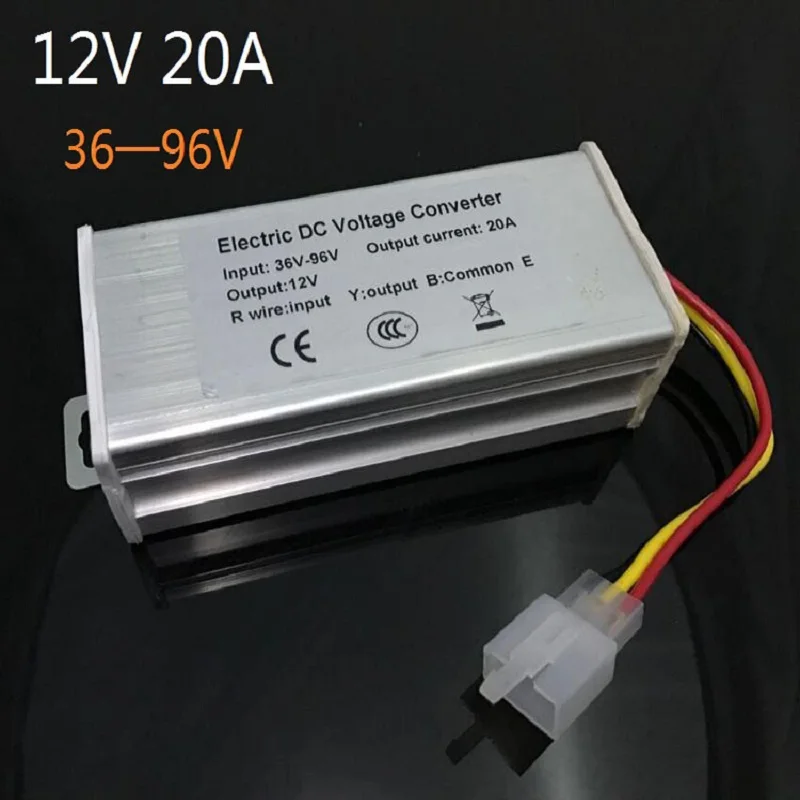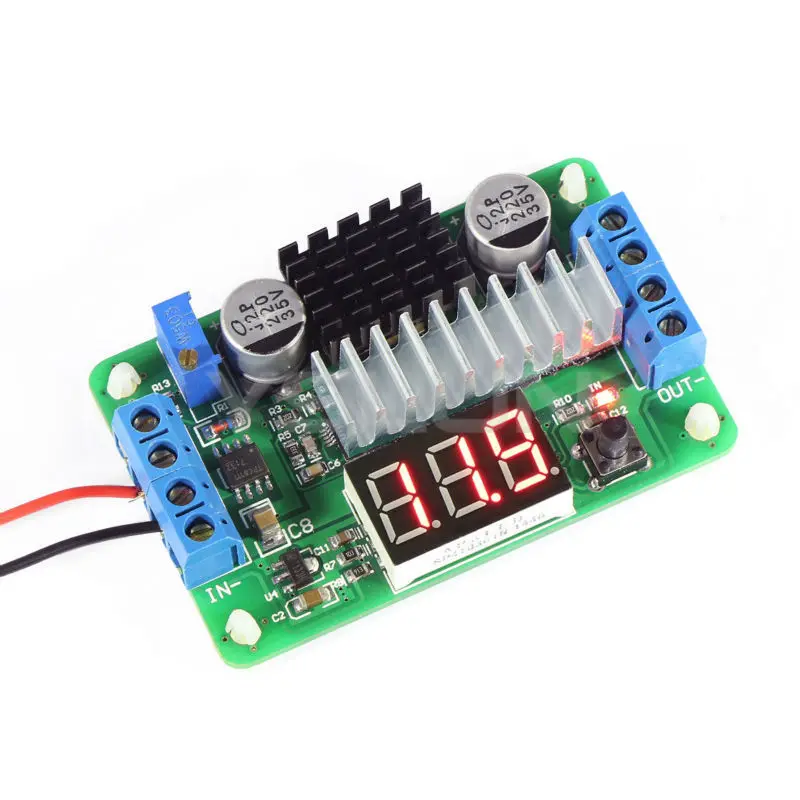

This converter allows the input DC voltage to be either stepped-up or stepped-down, depending on the duty cycle. It is used to boost DC to DC converter voltage and it uses the same number of passive components but arranged to step up the input voltage so that the output is higher than that of the input. In a typical non-isolated step-down or buck converter the output voltage VOUT depends on the input voltage VIN and the switching duty cycle D of the power switch. The major disadvantage is that it cannot provide protection from high electrical voltages and it poses more noise. It posses the input and output terminal to a common ground. Non-isolated converters are mostly used when the change in the voltage is comparatively small. The transformer-based converter can easily provide the isolation between input and output. Moreover, the control can also be applied to the input current, the output current or to maintain constant power through the circuit. By maintaining the duty cycle of the charging voltage the amount of power that needs to be transferred continuously to a load can be more easily controlled. The frequency ranges from 300 kHz to 10MHz.

In these DC-to-DC Converters, energy is periodically stored and released from a magnetic field in an inductor or a transformer. Types of DC-to-DC Converters 1: Magnetic Converters It should be Vo(t) = Vo(constant) and present at the load terminal. The huge time constant is compared with the switching period and made sure that the steady-state is a constant output voltage. Here, the output of the capacitor is assumed as high that is sufficient for the time constant of an RC circuit on the output side. If the switch is kept as low (off), it discharges the energy. If the switch is kept as high (on), then the inductor feeds the energy from the input and stores the energy in the form of magnetic energy. The inductor in the input resistance has an unexpected variation in the input current. The working principle of the DC-to-DC converter is very simple.

The DC to DC converter must be able to operate as a step up or down voltage supplier to provide constant load voltage over the entire battery voltage range through the operation. The step-up or step-down DC-to-DC Converters are useful in applications where the battery voltage can be above or below the regulator output voltage. Designing the circuit that satisfies the specification and all the requirements needs a great deal of expertise and experience in that field. So, while designing the products, the standard circuits must be varied or changed according to and as per the need to their individual specification requirements. Optimal external parts and components are generally dependent on operating conditions such as input and output specifications. With the application of DC-to-DC Converters, the circuit’s efficiency, ripple, and load-transient response can be changed. A B uck Converter outputs a lower voltage than the original voltage, while a Boost Converter supplies a higher voltage. The operating voltage of different electronic devices such as ICs, MOSFET can vary over a wide range, making it necessary to provide a voltage for each device. The DC-to-DC converters convert one level of DC voltage to another level. 4 Advantages & Disadvantages of DC-to-DC Converters.


 0 kommentar(er)
0 kommentar(er)
